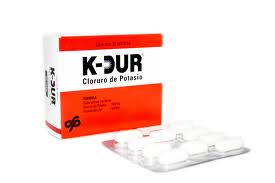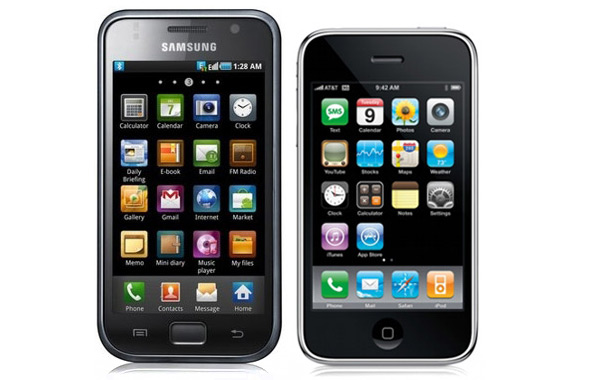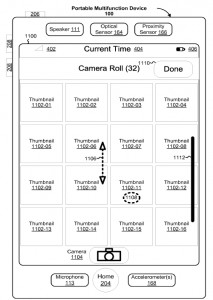The Third Circuit has held that reverse payments in settlement of Orange Book litigation are presumptively illegal.
Reverse payments in settlements of pharmaceutical patent cases have been controversial for some time. Under the Hatch-Waxman Act, a generic manufacturer can get approval for the generic form of a name-brand drub using a streamlined process that relies on data originally submitted by the name-brand manufacturer. The generic manufacturer makes a certification to the FDA that their product doesn’t infringe the patent claims that supposedly cover the drug either because the patent in invalid or the generic version falls outside the scope of the patent claims. The making of the certification itself is an act of patent infringement that can prompt a lawsuit. These patents are listed in the FDA’s Orange Book and these types of cases are often referred to as “Orange Book litigation.”
The goal of Hatch-Waxman was to streamline the approval process for generic drugs and increase their availability on the market. The generic manufacturer could piggyback on the name-brand’s data and avoid costly studies, and the name-brand could bring an immediate suit to defend its patents without waiting for the generic to enter the market. However, the unique situation this created also lead to a new form of settlement that includes a “reverse payment” to the accused infringer.
Reverse payments are those from the patent holder, to the infringer, made in exchange for the infringer’s agreement to not enter the market. The idea of reverse payments can be unsettling because of the apparent anti-competitive effects. Some view the arrangements as a way for a brand-name manufacturer to keep a lock on the market without having to defend the validity of its patent in court. Logically, the reverse payment would only be made if the expected profits resulting from maintaining its position as the only provider of a drug exceeds the size of the reverse payment.
However, there is a less cynical view of the reverse payment arrangement. Consider a piece of property to which doesn’t have a clean title. For example, a neighbor may claim an easement, or allege adverse possession of a part of the property. The property owner may choose to pay the neighbor (also a putative trespasser) in exchange for the neighbor abandoning its claim to any of the property.
In the case of Orange Book litigation, the patent owner has a piece of property, but its meets and bounds may be in question. The accused infringer may claim the patent is invalid or that their formulation isn’t covered by the claims. This is akin to a cloud on the title. The patent owner has a strong incentive to clean the title by removing the challenges to validity and scope. This can be done through litigation, however, litigation always carries the risk of loss. Settlements, including reverse payment arrangements, can be a reasonable way for the parties to price the risk of litigation.
This doesn’t mean that reverse payments can’t be abused. This is a result of the way Hatch-Waxman excludes third party generic manufactures from the market for the drug to give the first generic an incentive to initiate the process. A patent owner can collude with the generic manufacturer to create a prohibition on third party generic manufactures when the parties both believe the patent to be either invalid or not infringed. However, when such an arrangement should be illegal can be difficult to determine.
Since there is always a risk that a patent will be held invalid or its claims not infringed, the patent owner will always have some concern about it. How certain must the patent owner be that the patent is invalid or not infringed? 50%? 80%? 90%? Should the likelihood of invalidity or non-infringement be measure subjectively from the patent owners perspective, or objectively? At what point would you simply be forced to litigate all of the issues to know if the settlement is legal?
To deal with this, courts have generally applied a “scope of the patent” test. The test looks to see if the agreement extends the exclusive rights of the patent owner beyond what they are entitled to under the patent. Of course, the point of a settlement is to avoid litigating the issues of validity and infringement, and in the review, these are generally assumed. The result is that no reverse payment arrangements have been found to be antitrust violations under the test.
Enter the Third Circuit. This week in In Re: K-Dur Antitrust Litigation, the court held that reverse payment settlements between a patent holder and generic pharmaceutical manufacturer are presumptively anti-competitive. This presumption can be overcome by showing that either the payment was not for the purpose of delaying market entry by the generic manufacturer or that the agreement offers some pro-competitive benefit.
This analysis is called a “quick-look rule of reason analysis” and is familiar to antitrust scholars and practitioners. However, it could have significant affects on the generic/name-brand dichotomy in the pharmaceutical industry. In any event, this creates a very clear circuit split involving mutually exclusive antitrust tests for reverse payment settlements and sets up an interesting opportunity for the Supreme Court to weigh in on the issue.





